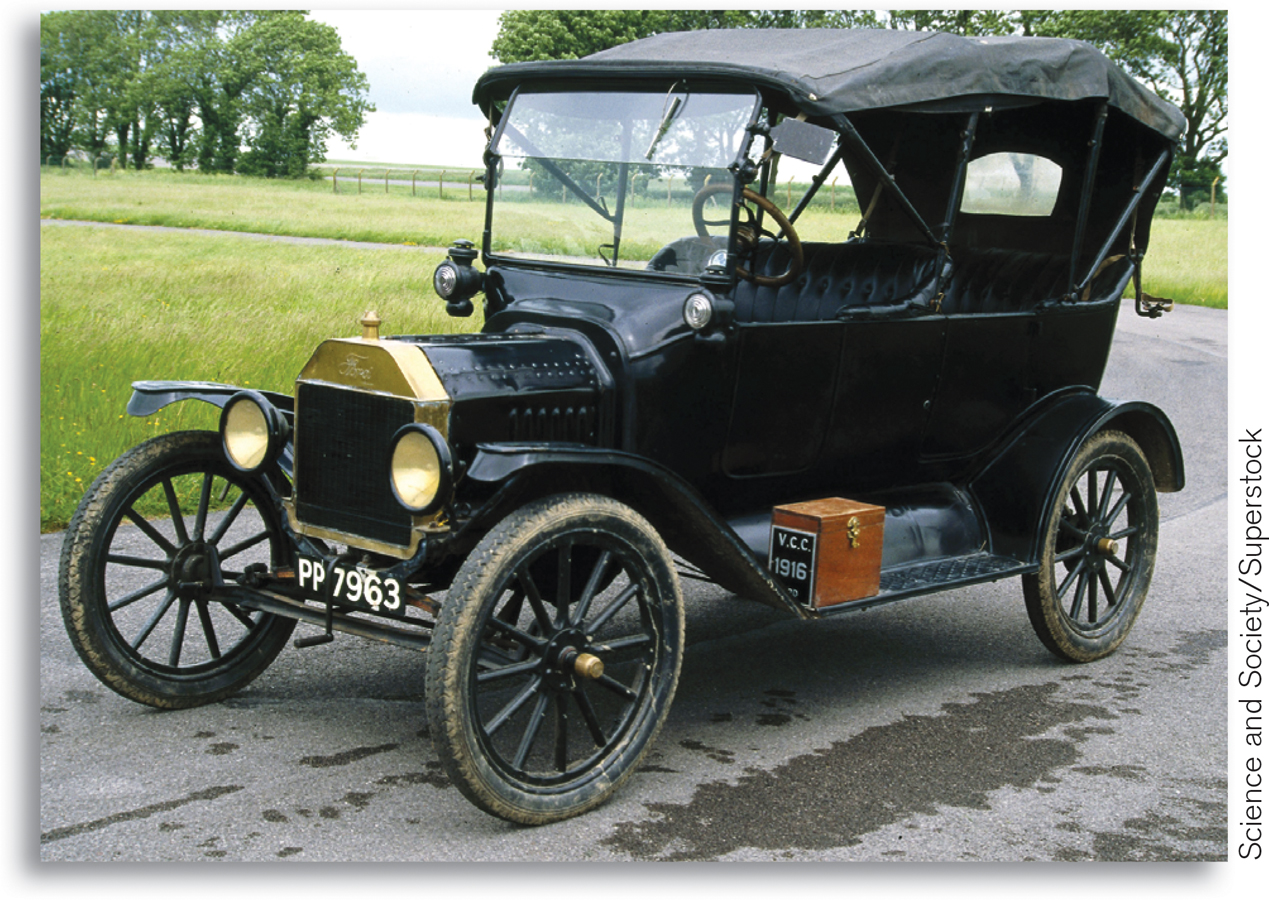Differentiation by Quality
Do you have a craving for chocolate? How much are you willing to spend on it? You see, there’s chocolate and then there’s chocolate: although ordinary chocolate may not be very expensive, gourmet chocolate can cost several dollars per bite.
With chocolate, as with many goods, there is a range of possible qualities. You can get a usable bicycle for less than $100; you can get a much fancier bicycle for 10 times as much. It all depends on how much the additional quality matters to you and how much you will miss the other things you could have purchased with that money.
Because consumers vary in what they are willing to pay for higher quality, producers can differentiate their products by quality—
Product differentiation, then, can take several forms. Whatever form it takes, however, there are two important features of industries with differentiated products: competition among sellers and value in diversity.
Competition among sellers means that even though sellers of differentiated products are not offering identical goods, they are to some extent competing for a limited market. If more businesses enter the market, each will find that it sells less quantity at any given price. For example, if a new gas station opens along a road, each of the existing gas stations will sell a bit less.
Value in diversity refers to the gain to consumers from the proliferation of differentiated products. A food court with eight vendors makes consumers happier than one with only six vendors, even if the prices are the same, because some customers will get a meal that is closer to what they had in mind. A road on which there is a gas station every two miles is more convenient for motorists than a road where gas stations are five miles apart.
When a product is available in many different qualities, fewer people are forced to pay for more quality than they need or to settle for lower quality than they want. There are, in other words, benefits to consumers from a greater diversity of available products.
As we’ll see next, competition among the sellers of differentiated products is the key to understanding how monopolistic competition works.
ECONOMICS in Action: Any Color, So Long as It’s Black
Any Color, So Long as It’s Black

The early history of the auto industry offers a classic illustration of the power of product differentiation.
The modern automobile industry was created by Henry Ford, who first introduced assembly-
Ford’s strategy was to offer just one style of car, which maximized his economies of scale in production but made no concessions to differences in consumers’ tastes. He supposedly declared that customers could get the Model T in “any color, so long as it’s black.”
This strategy was challenged by Alfred P. Sloan, who had merged a number of smaller automobile companies into General Motors. Sloan’s strategy was to offer a range of car types, differentiated by quality and price. Chevrolets were basic cars that directly challenged the Model T, Buicks were bigger and more expensive, and so on up to Cadillacs. And you could get each model in several different colors.
By the 1930s the verdict was clear: customers preferred a range of styles, and General Motors, not Ford, became the dominant auto manufacturer for the rest of the twentieth century.
Quick Review
In monopolistic competition there are many competing producers, each with a differentiated product, and free entry and exit in the long run.
Product differentiation can occur in oligopolies that fail to achieve tacit collusion as well as in monopolistic competition. It takes three main forms: by style or type, by location, or by quality. The products of competing sellers are considered imperfect substitutes.
Producers compete for the same market, so entry by more producers reduces the quantity each existing producer sells at any given price. In addition, consumers gain from the increased diversity of products.
15-1
Question 15.1
Each of the following goods and services is a differentiated product. Which are differentiated as a result of monopolistic competition and which are not? Explain your answers.
Ladders
Soft drinks
Department stores
Steel
Question 15.2
You must determine which of two types of market structure better describes an industry, but you are allowed to ask only one question about the industry. What question should you ask to determine if an industry is:
Perfectly competitive or monopolistically competitive?
A monopoly or monopolistically competitive?
Solutions appear at back of book.